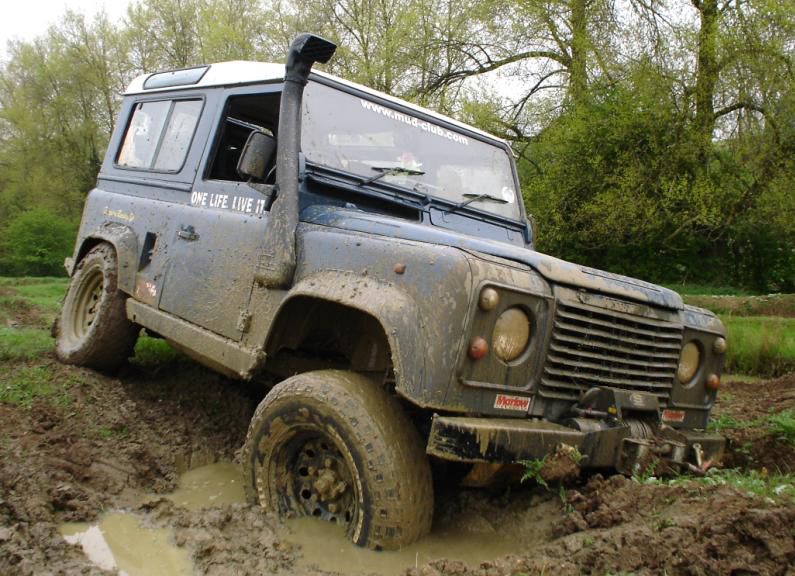Off-roading is the ultimate driving adventure for those who wish to get off the beaten path. Driving on an unpaved surface, such as mud puddles, grassy fields, boulders, steep hills, sand dunes, and more, is referred to as off-roading.
Although any automobile can legally go off-road, not all vehicles are built to manage the numerous bumps and ditches that come with uneven terrain. Off-road cars are fitted with four-wheel drive and are built to handle difficult driving conditions (4WD or 4x4). The engine in a 4WD vehicle drives all four wheels, providing them more traction. The engine only drives two wheels in cars with two-wheel drive (2WD) (usually the front wheels). Off-road, 2WD cars aren't strictly riskier, but they may be more difficult to maneuver through rough terrain, putting you in danger of becoming stranded.
Whether you go off-roading in a 2WD or 4WD vehicle, you want it to be well-equipped. You can get over rocks, hills, and other uneven areas with enough ground clearance (the space between the bottom of the chassis and the ground while the automobile is on a flat surface). Suspension is also quite important. "Most automobiles have 2 to 3 inches of suspension movement, which is acceptable for speed bumps and curves, but not if you go deeper into a hole," says Bill Burke of 4-Wheeling America in Colorado. "You need a suspension that can go up and down with the bumps and holes while you're off-roading."
4x4's Importance in Off-Roading
Increased grip on the road, or the ability of the wheels to cling to the ground no matter how bad the terrain is, is one of the main benefits of taking a 4WD vehicle off-road. That implies that even if your back two wheels get stuck in the mud, your front two wheels will be able to pull you out with enough traction. "The 4WD will assist you in navigating more challenging or softer terrain," Burke explains.
Low-range gearing is also available in 4WD cars, which will assist you to get through deep puddles and up steep hills. Even so, because 4WD vehicles have the same basic differentials as 2WD cars, they can get stuck in the mud more frequently than people realize. During a turn, differentials allow the wheels to spin at separate speeds. "The differentials tend to think we're in turns all the time when we're off-road or in low-traction circumstances, so they'll put power to the tire that's easiest to turn, and if that tire starts to slip, skid, or spin, we basically become stuck, whether we're in 2WD or 4WD," Burke says.
For many individuals, purchasing a 4WD car is prohibitively expensive, but you don't have to spend a lot of money to enjoy a terrific off-roading experience. Many 2WD cars are now equipped with suspension systems that can handle off-road conditions. You can also personalize your 2WD car with lift kits (which increase ground clearance) and larger wheels for better off-road performance. If you become mired in the mud, traction augmentation systems such as a differential gear locking system will lock up the axle when a wheel starts to slip, supplying full power to both wheels.

